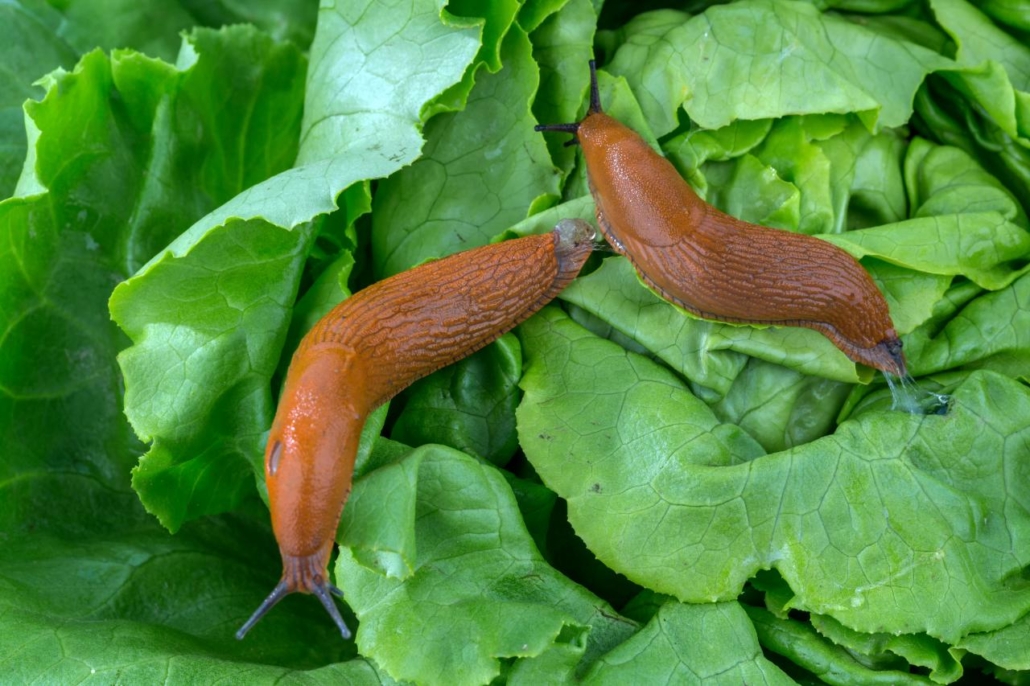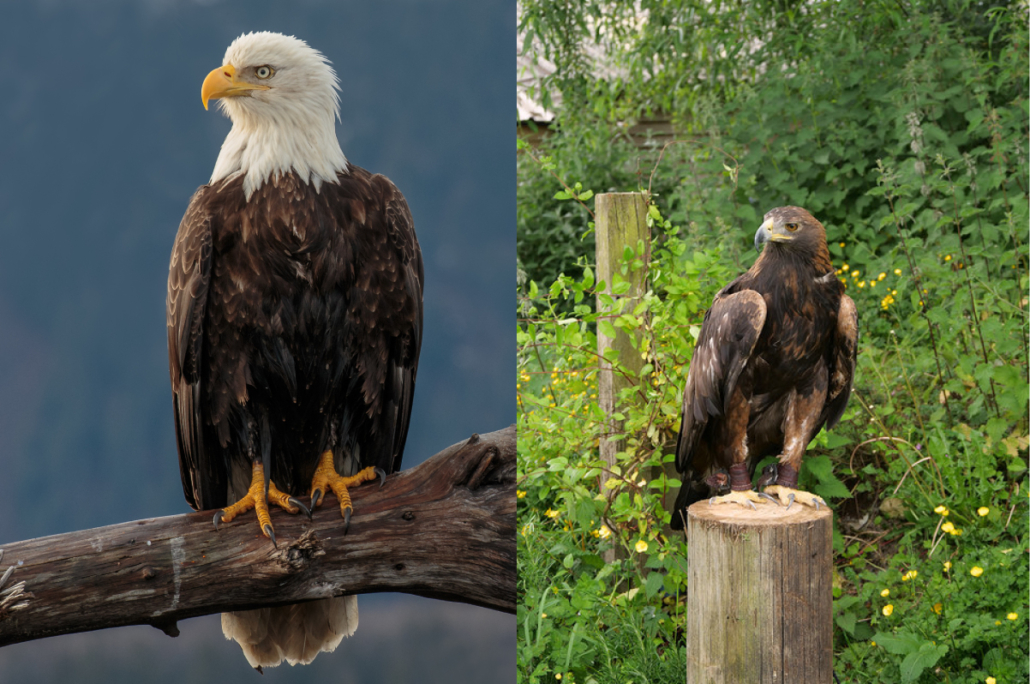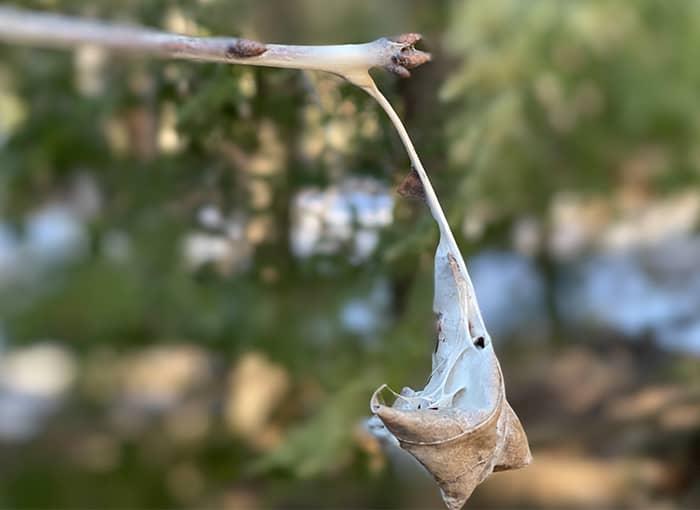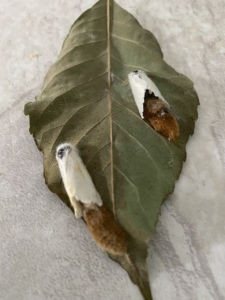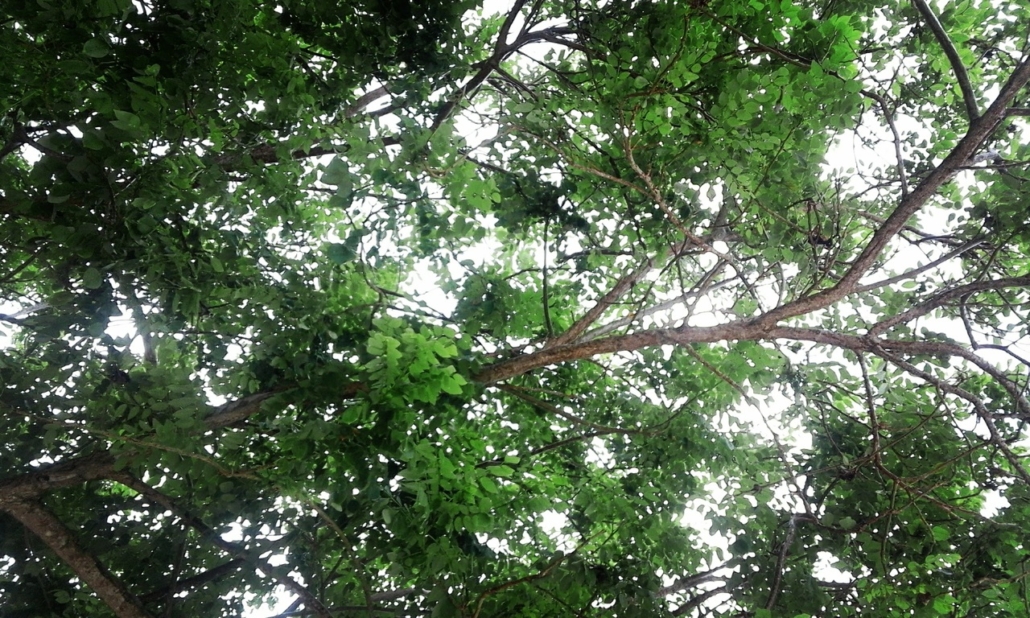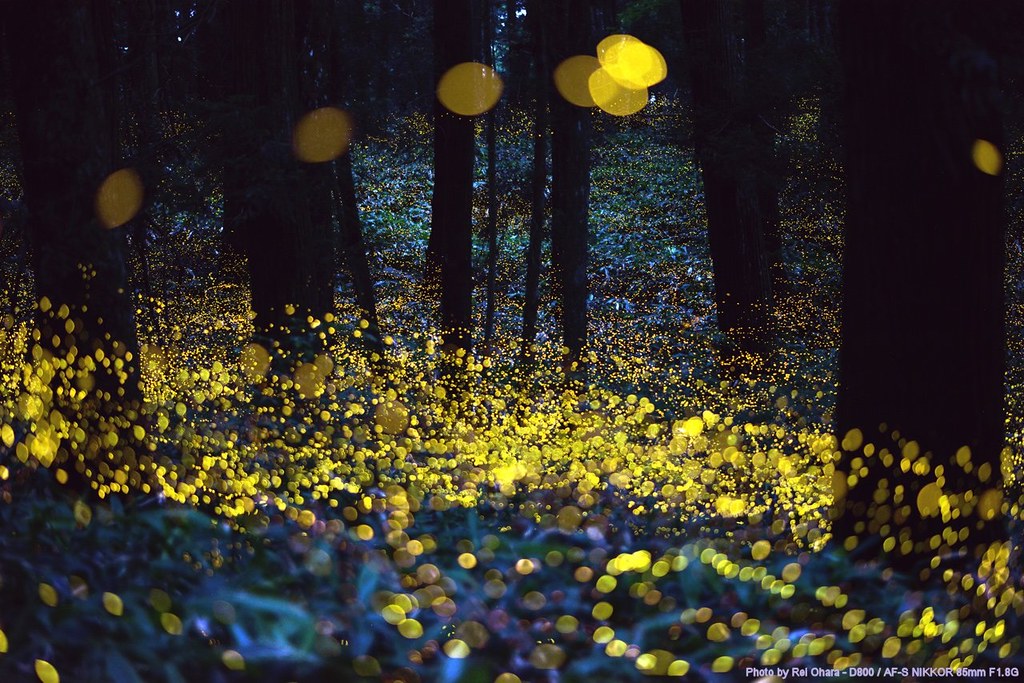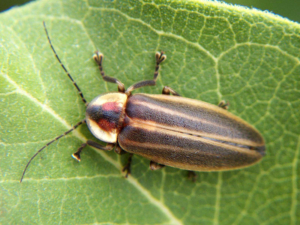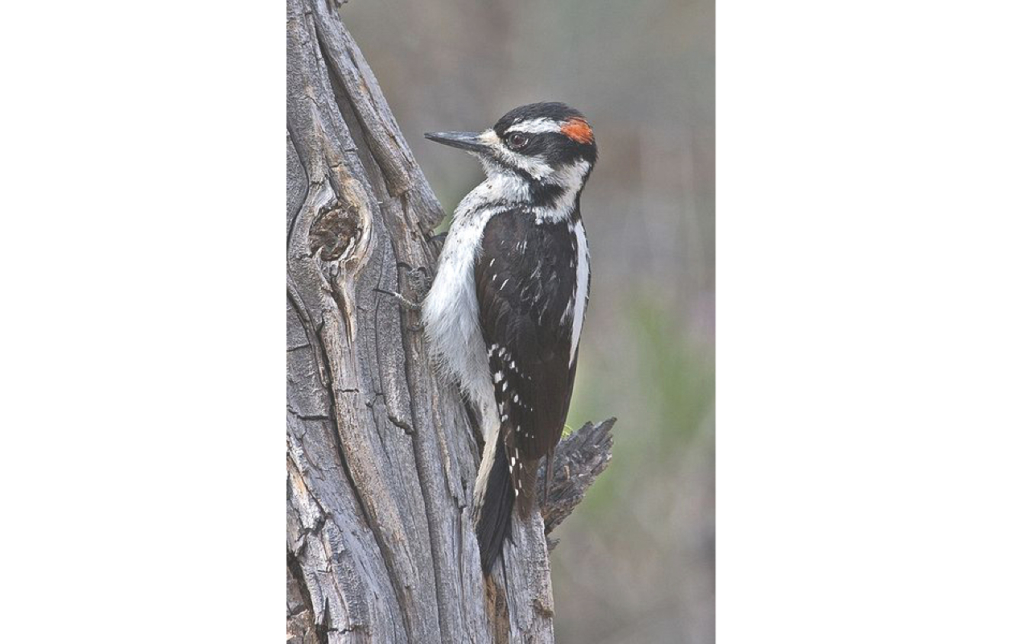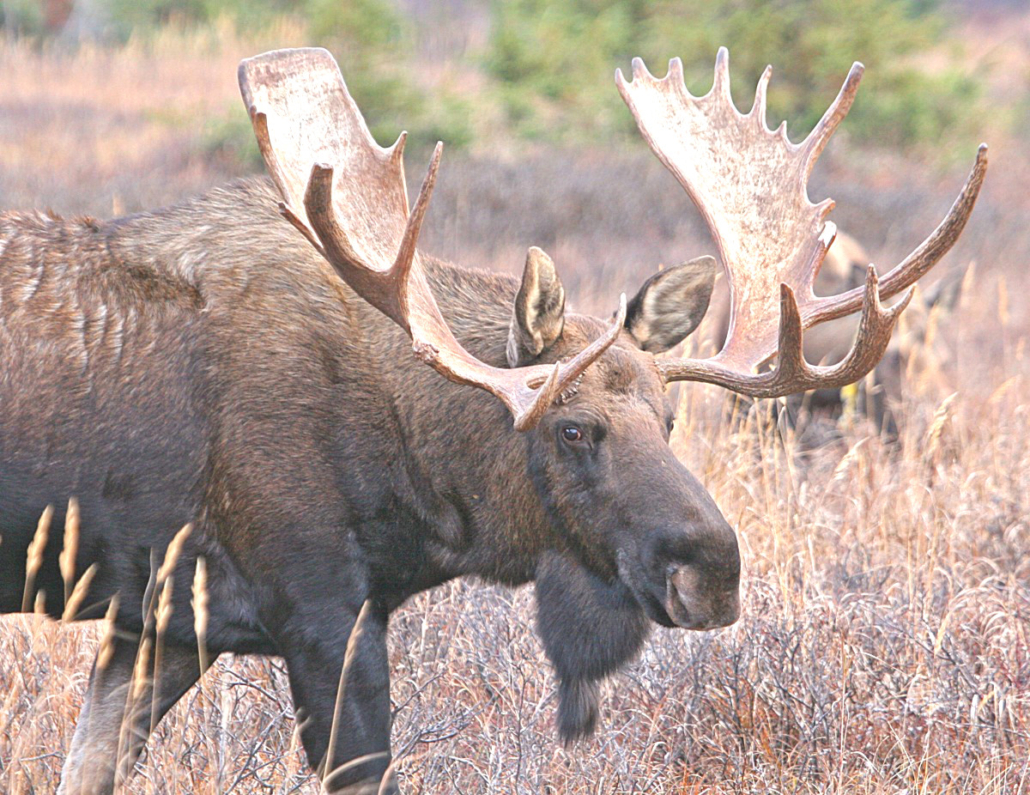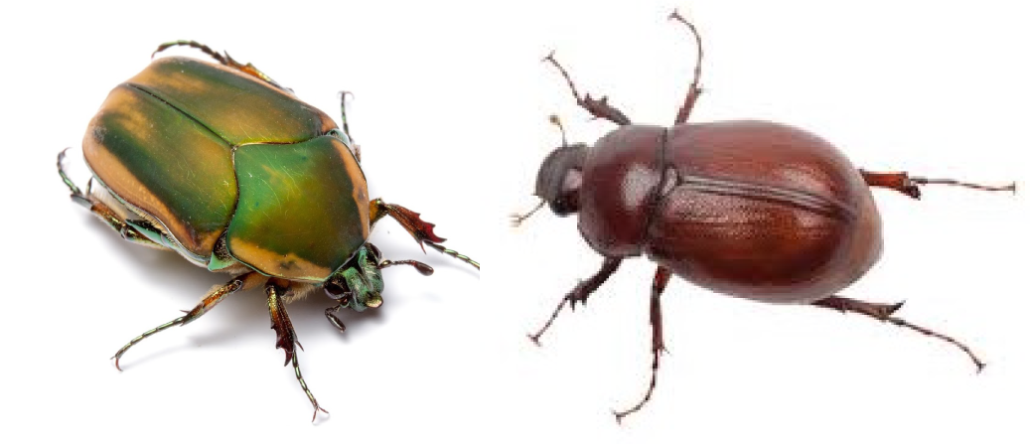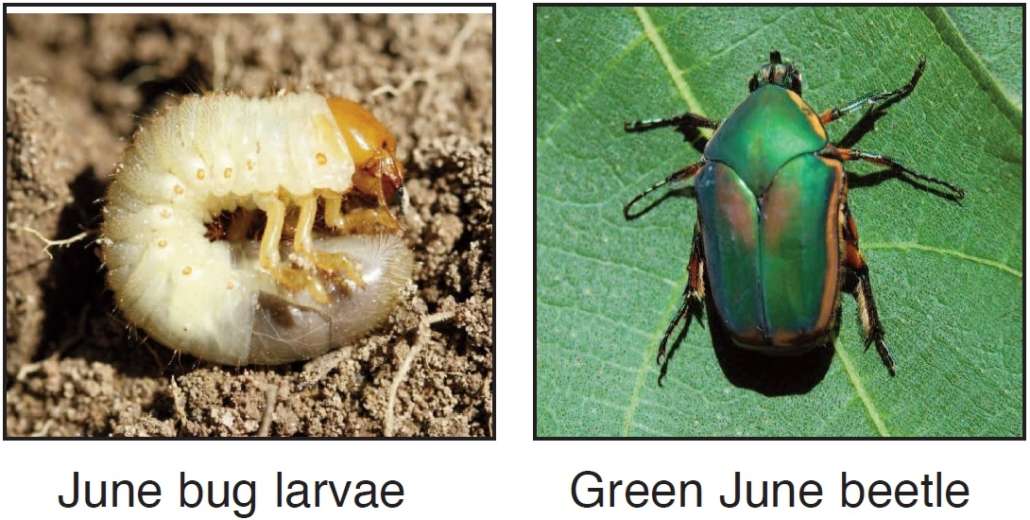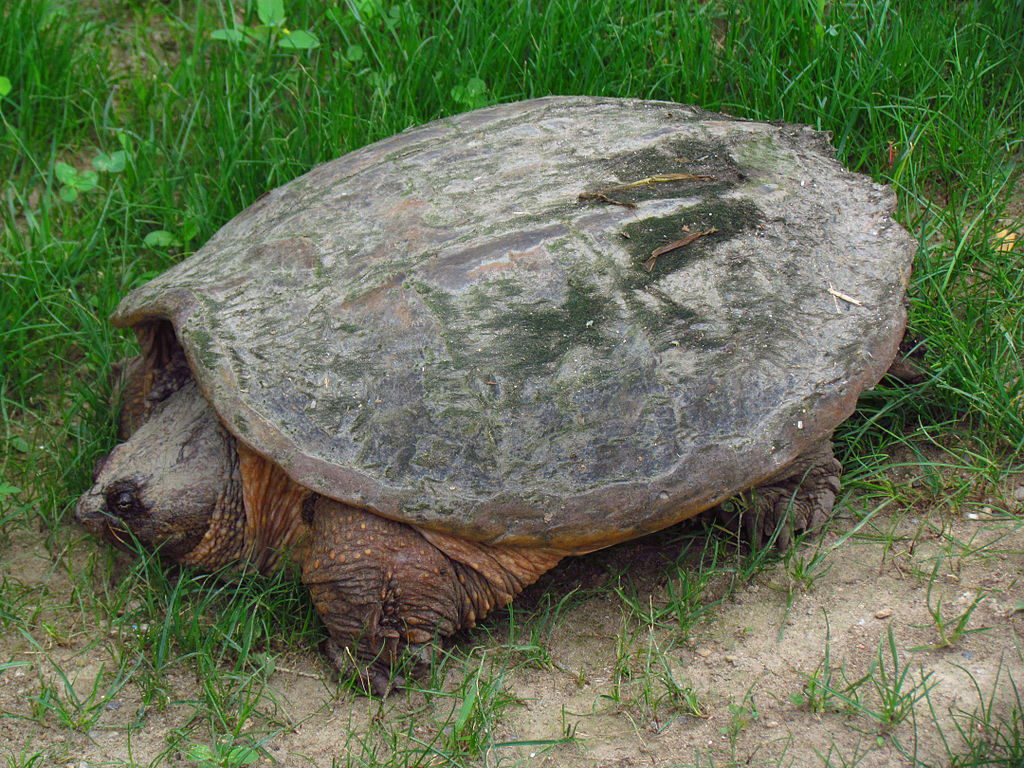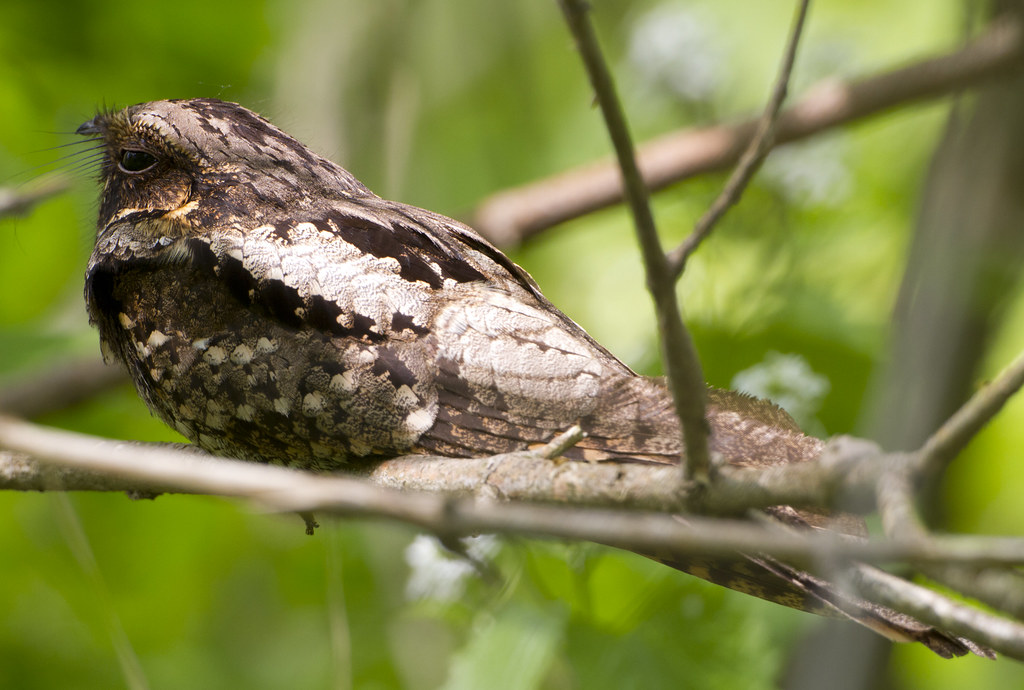SCORES & OUTDOORS – Slugs: what are they good for in the realm of things?
 by Roland D. Hallee
by Roland D. Hallee
Slugs! They have been raising havoc with my tomatoes, turnip green and even marigolds. Last year they were responsible for the complete destruction of my cucumber, green pepper and marigold plantings at camp. There seems to be no end to them. That raised the question: what are slugs, what are their usefulness and how do we get rid of them?
First of all, let’s find out a little bit about them.
Slug is a common non-scientific word, which is often applied to any gastropod mollusc, and the word “slug” is more frequently encountered as applied to air-breathing land species, including a few agricultural and horticultural pest species.
Land slugs, like all other slow-moving gastropods, undergo torsion (a 180-degree twisting of the internal organs) during development. Internally the anatomy of a slug clearly shows the effects of this rotation, but externally the bodies of slugs appear rather symmetrical.
The soft, slimy bodies of slugs are prone to dry up (desiccation), so land-living slugs are confined to moist environments and are forced to retreat to damp hiding places when the weather is dry.
Like other snails, a slug moves by rhythmic waves of muscular contraction on the underside of its foot. It simultaneously secretes a layer of mucus on which it travels, which helps prevent damage to the tissues of the foot.
Slugs produce two types of mucus: one which is thin and watery, and another which is thick and sticky. Both kinds of mucus are hygroscopic (absorb and retain moisture). The thin mucus is spread out from the center of the foot to the edges, whereas the thick mucus spreads out from front to back. They also produce thick mucus which coats the whole body of the animal.
Slugs’ bodies are made up mostly of water, and without a full-sized shell to retreat into, their soft tissues are prone to desiccation.
Slugs are hermaphrodites, having both female and male reproductive organs. After mating, the slugs lay around 30 eggs in a hole in the ground, or beneath the cover of objects such as fallen logs.
Mostly, slugs are harmless to humans and to their interests, except for a small number of species of slugs that are great pests of agriculture and horticulture. They feed on fruits and vegetables prior to harvest, making holes in the crop, which can make individual items unsuitable to sell for aesthetic reasons, and which can make the crop more susceptible to rot and disease.
I don’t know if you’ve noticed, but so far I haven’t mentioned any benefits to the ecosystem. Their only contribution seems to be the fact they eat dead leaves, fungus and decaying vegetable material. It has always been my belief that if you allowed those to decompose, they will turn to dirt. Why do the slugs have to eat them?
Frogs, toads, snakes, hedgehogs, salamanders, eastern box turtles and certain birds and beetles are slug predators. Birds include blackbirds, crows, ducks, jays, owls, robins, seagulls, starlings and thrushes. With the large number of crows we have around our camp, I can’t figure out why they haven’t wiped out the slug population.
I also have seen numerous frogs and toads in my garden which might be helping with the fact that the slugs have not attacked my tomatoes. Snakes, which are a no-no as far as I’m concerned are allowed to stay. However, those sightings have been few and far in between, partly due, I think, to the large number of raptors in the area.
So, as you can see, slugs are a pest, they are disgusting, and they serve very little purpose in our environs.
Here are a few general tips on how to deal with slugs:
- Seedling protection: Protect your seedlings with 2-3 liter plastic soda bottles. Make sure no slugs are around the seedlings first. Cut the bottoms out of the bottles, sink them into the soil around the seedlings and remove the caps. You can reuse them over and over.
- Mulch: Keep mulch pulled away from the base of your plants. Consider waiting to apply mulch until the soil temperatures have warmed to above 75°F.
- Garden debris: Keep all decaying matter cleaned out of your garden beds. Clear all dead leaves and debris from the garden on a regular basis and put it in the compost pile which is best located in an area away from the garden.
- Slug havens: The shaded areas beneath decks can be a slug arena. Keep them weed and litter free.
You can also build barriers around your garden: - Use cedar, oak bark chips or gravel chips which will irritate and dehydrate them.
- Try a barrier line or an overall sprinkle of powdered ginger.
- Use wood ashes as a barrier around plants, however try not to let the plant come into contact with the ashes. The ashes act as a desiccant and dry up the slugs.
- Spread well crushed eggshells around the plants. The calcium released from the eggshells is an extra benefit that “sweetens” the soil. The sharp edges of the shells will kill slugs.
- Talcum powder works as a barrier but must be replenished after rainfall or watering.
Finally, there is always the slug trap method: - Beer or yeast traps: A traditional trap that seems to work well is to place containers of beer or yeast and water at one inch above the ground level in the garden to entice and drown your prey. Empty traps as needed. For the yeast trap, use one package of yeast to 8 ounces of water.
- Grape juice: A new rendition on the beer trap is to use grape juice. For some reason slugs really have a taste for this. Use just as you would in the beer method and buy the cheapest grape juice you can find.
- Beer batter bait: Mix 2 tablespoons of flour with enough beer to make a thick batter. Put 1 teaspoon of this in a small paper cup and lay the cups on their sides around your plants. Slugs will flock to this, get snared in the flour and die. When the trap is full toss the whole thing in the compost pile.
- Comfrey: This perennial is a preference of slugs and can be used as a trap. Comfrey is considered to be an invasive plant, however, it has so many uses for the garden and medicinally that it is worth having around. Comfrey has more protein in its leaves than any other vegetable, perhaps explaining its appeal to slugs.
I have comfrey around my garden at home and have had very little problems with slugs. So, I might just transplant some to the garden at camp.
Taking into consideration everything we have learned about slugs, the more I think about it, slugs remind me of college students: They suck up available resources, give very little in return, and they like to drink beer. They even prefer the same beers (a study conducted by students at Colorado State University concluded that the slug’s favorite beers are Budweiser products).
Roland’s trivia question of the week:
Which two Red Sox players were known as the Gold Dust twins?


